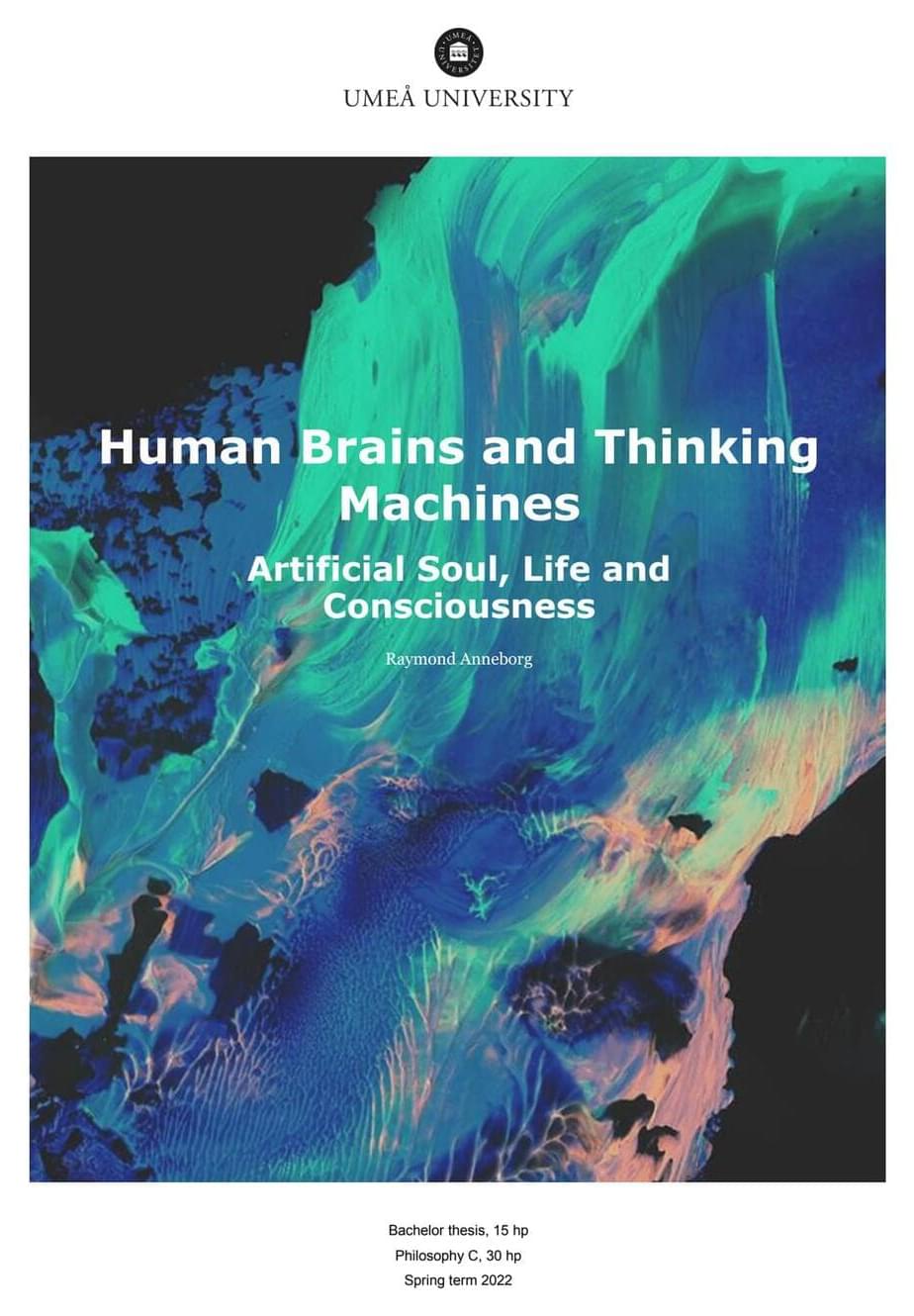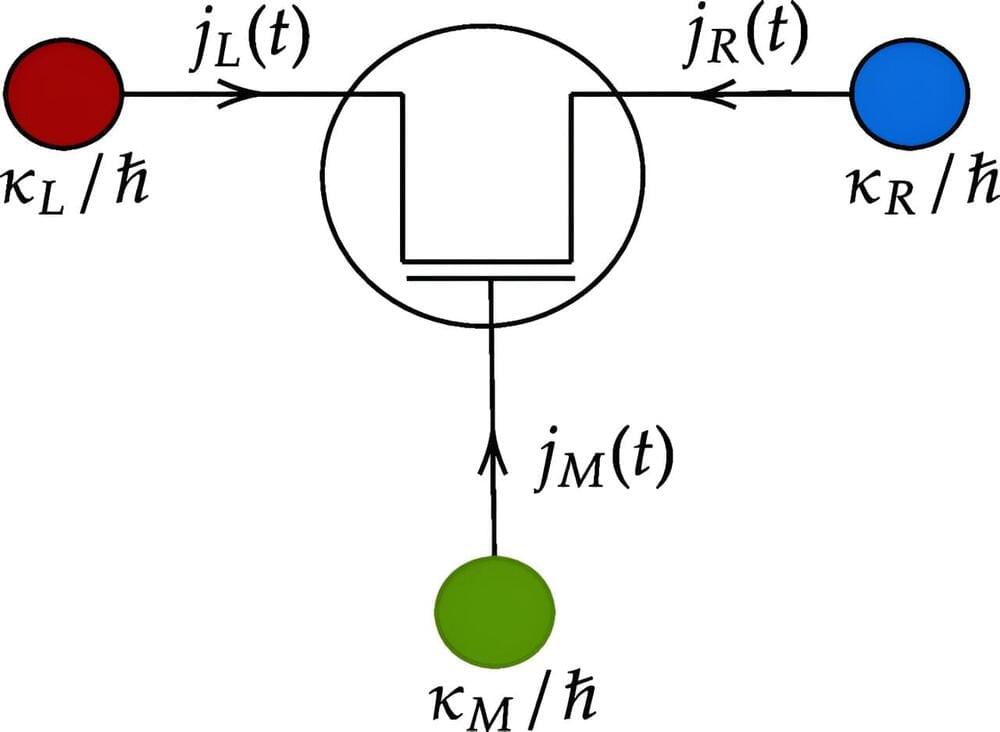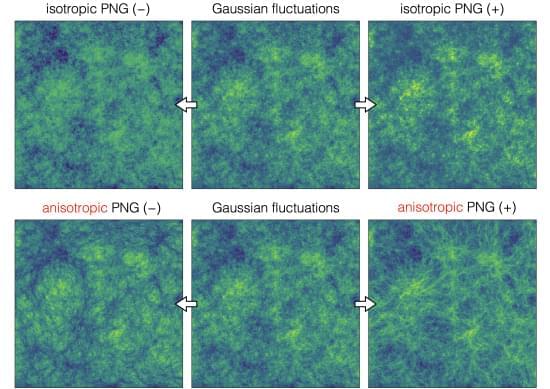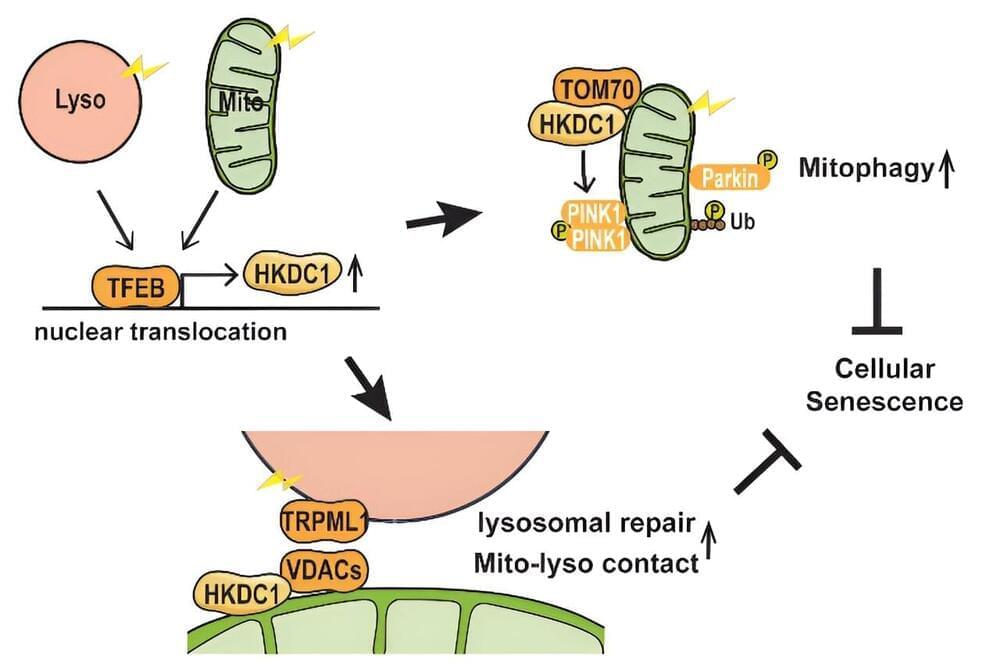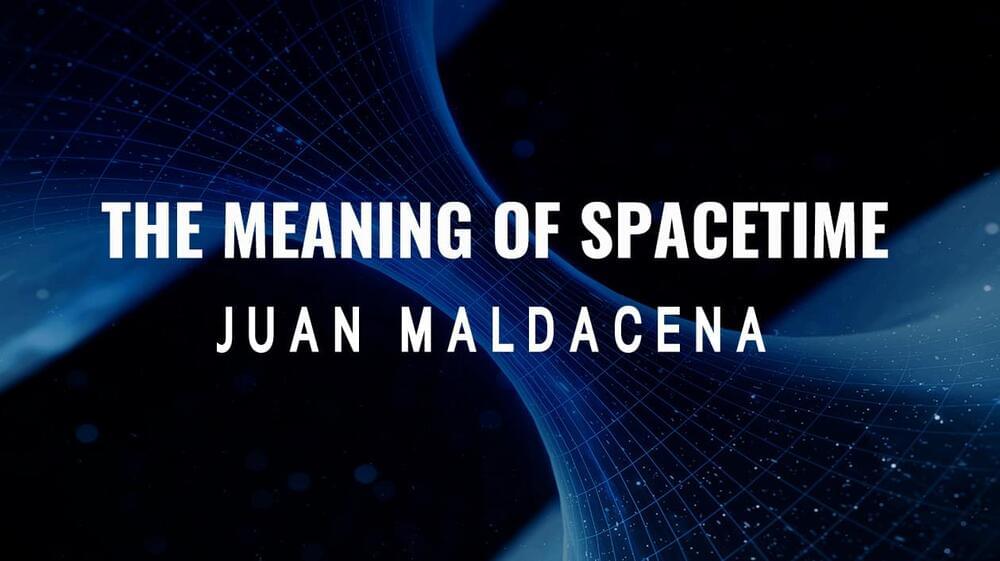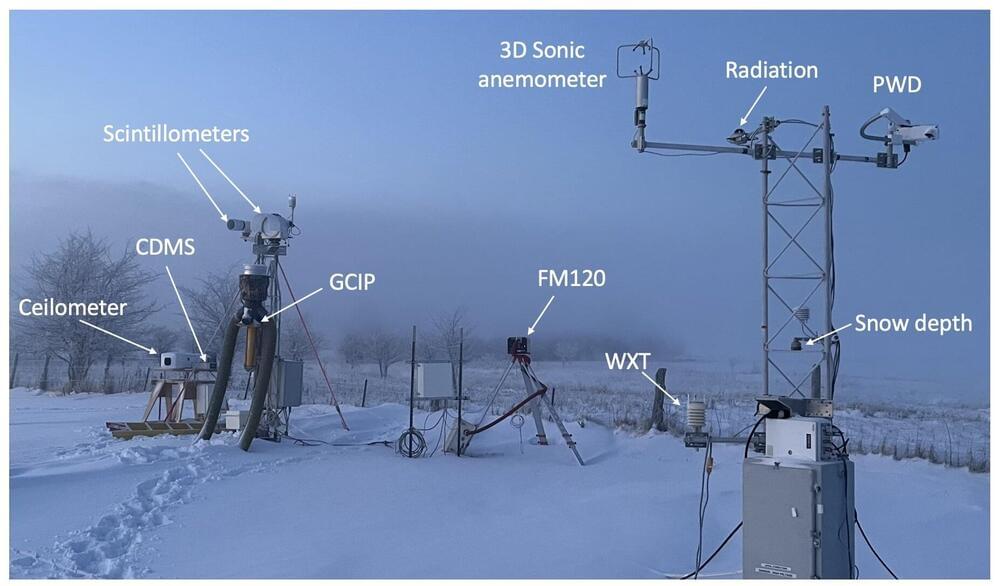‘You can imagine what it’s really going to be like.’
FULLTEXT01 (4).pdf
Posted in neuroscience
Researchers are actively engaged in the dynamic manipulation of quantum systems and materials to realize significant energy management and conservation breakthroughs.
This endeavor has catalyzed the development of a cutting-edge platform dedicated to creating quantum thermal machines, thereby unlocking the full potential of quantum technologies in advanced energy solutions.
A team of researchers has analyzed more than one million galaxies to explore the origin of the present-day cosmic structures, reports a recent study published in Physical Review D as an Editors’ Suggestion.
Until today, precise observations and analyses of the cosmic microwave background (CMB) and large-scale structure (LSS) have led to the establishment of the standard framework of the universe, the so-called ΛCDM model, where cold dark matter (CDM) and dark energy (the cosmological constant, Λ) are significant characteristics.
This model suggests that primordial fluctuations were generated at the beginning of the universe, or in the early universe, which acted as triggers, leading to the creation of all things in the universe including stars, galaxies, galaxy clusters, and their spatial distribution throughout space. Although they are very small when generated, fluctuations grow with time due to the gravitational pulling force, eventually forming a dense region of dark matter, or a halo. Then, different halos repeatedly collided and merged with one another, leading to the formation of celestial objects such as galaxies.
By October 2025, more than a billion PCs will be running a dead operating system, leaving many computers vulnerable to malware or headed for the trash. What’s Microsoft going to do about it?
Just as healthy organs are vital to our well-being, healthy organelles are vital to the proper functioning of the cell. These subcellular structures carry out specific jobs within the cell; for example, mitochondria power the cell, and lysosomes keep the cell tidy.
Although damage to these two organelles has been linked to aging, cellular senescence, and many diseases, the regulation and maintenance of these organelles have remained poorly understood. Now, researchers at Osaka University have identified a protein, HKDC1, that plays a key role in maintaining these two organelles, thereby acting to prevent cellular aging.
There was evidence that a protein called TFEB is involved in maintaining the function of both organelles, but no targets of this protein were known. By comparing all the genes of the cell that are active under particular conditions and by using a method called chromatin immunoprecipitation, which can identify the DNA targets of proteins, the team was the first to show that the gene encoding HKDC1 is a direct target of TFEB, and that HKDC1 becomes upregulated under conditions of mitochondrial or lysosomal stress.
In a public lecture titled “The Meaning of Spacetime,” renowned physicist Juan Maldacena outlined ideas that arose from the study of quantum aspects of black holes.
V/ Perimeter Institute
On July 27, Juan Maldacena, a luminary in the worlds of string theory and quantum gravity, will share his insights on black holes, wormholes, and quantum entanglement.
Of the world’s various weather phenomena, fog is perhaps the most mysterious, forming and dissipating near the ground with fluctuations in air temperature and humidity interacting with the terrain itself.
While fog presents a major hazard to transportation safety, meteorologists have yet to figure out how to forecast it with the precision they have achieved for precipitation, wind and other stormy events.
This is because the physical processes resulting in fog formation are extremely complex, according to Zhaoxia Pu, a professor of atmospheric sciences at the University of Utah.

